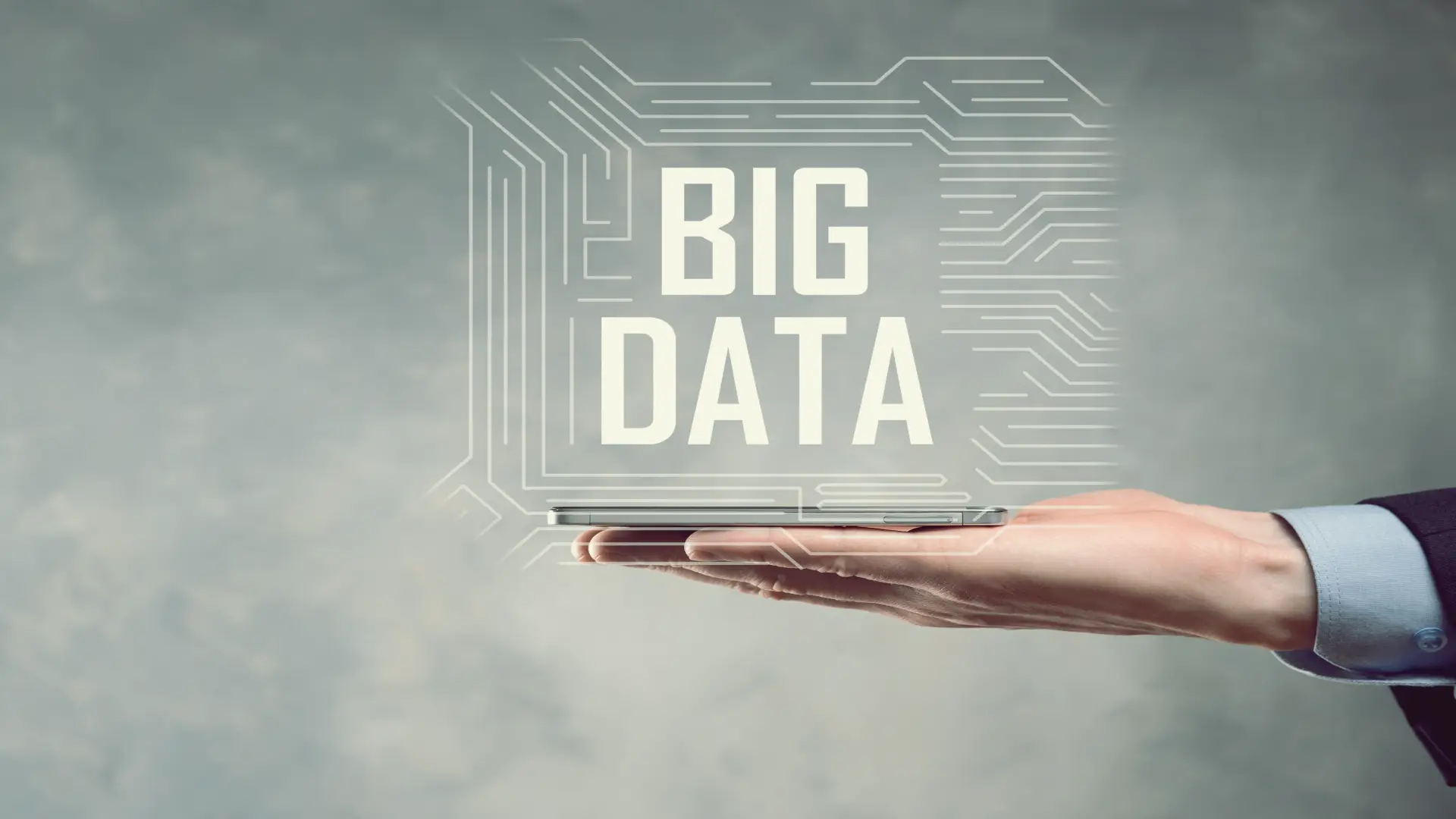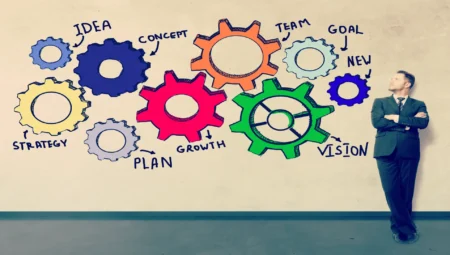Big data technologies and techniques play a vital role in processing, managing, and analyzing vast amounts of data efficiently. In this comprehensive guide, we’ll delve into the world of big data, exploring the technologies and techniques that drive its processing and analysis, all while optimizing for SEO.
What is Big Data?
Table of Contents
ToggleBig data refers to datasets that are too large and complex to be processed using traditional methods. These datasets are characterized by the three Vs: volume, velocity, and variety. Big data technologies enable organizations to capture, store, manage, and analyze massive volumes of data from various sources.
The Importance of Big Data
Big data provides organizations with valuable insights that can drive decision-making, improve operations, enhance customer experiences, and fuel innovation. By leveraging big data technologies and techniques, businesses can gain a competitive edge in today’s digital landscape.
Technologies for Big Data Processing
Hadoop
Apache Hadoop is an open-source framework that facilitates distributed storage and processing of large datasets across clusters of commodity hardware. Hadoop’s core components include the Hadoop Distributed File System (HDFS) for storage and the MapReduce programming model for parallel processing.
Spark
Apache Spark is a fast and general-purpose cluster computing system that provides in-memory data processing capabilities. Spark offers a more versatile alternative to MapReduce, supporting real-time stream processing, interactive analytics, and machine learning applications.
NoSQL Databases
NoSQL (Not Only SQL) databases are designed to handle unstructured and semi-structured data at scale. These databases offer schema flexibility and horizontal scalability, making them ideal for big data applications. Popular NoSQL databases include MongoDB, Cassandra, and Couchbase.
What are the 4 types of big data technologies?
Big data technologies encompass a wide array of tools and platforms designed to handle the challenges posed by massive volumes of data. Generally, these technologies can be categorized into four main types:
- Storage Technologies: These technologies focus on storing vast amounts of data efficiently and reliably. Examples include:
- Hadoop Distributed File System (HDFS): A distributed file system designed to store large datasets across clusters of commodity hardware.
- NoSQL Databases: NoSQL databases, such as MongoDB, Cassandra, and Couchbase, provide flexible storage solutions for unstructured and semi-structured data.
- Processing Technologies: Processing technologies enable the analysis and manipulation of large datasets. Common processing technologies include:
- MapReduce: A programming model for parallel processing of large datasets, popularized by Hadoop.
- Apache Spark: A fast and versatile cluster computing system that supports in-memory data processing, real-time stream processing, and machine learning.
- Analytics Technologies: Analytics technologies focus on extracting insights and value from big data. These technologies include:
- Data Mining: Techniques such as clustering, classification, regression, and association rule mining are used to discover patterns and trends in large datasets.
- Machine Learning: Machine learning algorithms learn from data to make predictions or decisions without explicit programming, enabling tasks like predictive analytics, image recognition, and natural language processing.
- Visualization Technologies: Visualization technologies transform complex data into intuitive visual representations, making it easier to understand and interpret. Examples include:
- Data Visualization Tools: Platforms like Tableau, Power BI, and D3.js enable users to create interactive charts, graphs, and dashboards to visualize and explore big data insights.
- Geographic Information Systems (GIS): GIS tools allow for the visualization and analysis of spatial data, facilitating tasks like location-based analytics and mapping.
These four types of big data technologies work together to capture, store, process, analyze, and visualize massive volumes of data, empowering organizations to derive valuable insights and make data-driven decisions.
Techniques for Big Data Analysis
Data Mining
Data mining is the process of discovering patterns, trends, and insights from large datasets. It involves various techniques such as clustering, classification, regression, and association rule mining. Data mining algorithms help extract valuable knowledge from big data, enabling organizations to make data-driven decisions.
Machine Learning
Machine learning algorithms enable computers to learn from data and make predictions or decisions without explicit programming. Big data provides the vast amount of training data required to train machine learning models, which can be used for tasks such as predictive analytics, image recognition, natural language processing, and recommendation systems.
Deep Learning
Deep learning is a specialized subset of machine learning that uses artificial neural networks to model complex patterns and relationships in data. Deep learning algorithms, such as convolutional neural networks (CNNs) and recurrent neural networks (RNNs), have achieved remarkable success in areas such as image and speech recognition, autonomous driving, and medical diagnostics.
Implementing Big Data Solutions
Cloud Computing
Cloud computing platforms, such as Amazon Web Services (AWS), Microsoft Azure, and Google Cloud Platform (GCP), offer scalable infrastructure and services for big data processing and analytics. Organizations can leverage cloud-based solutions to store, process, and analyze large datasets without the need for upfront infrastructure investments.
Data Visualization
Data visualization plays a crucial role in making sense of big data by transforming complex datasets into intuitive visual representations, such as charts, graphs, and dashboards. Visualization tools like Tableau, Power BI, and D3.js enable users to explore and communicate insights effectively, facilitating data-driven decision-making.
Data Governance and Security
With the proliferation of big data, ensuring data governance and security has become paramount. Organizations must establish policies, procedures, and controls to govern data usage, quality, privacy, and compliance. Robust security measures, such as encryption, access controls, and monitoring, are essential to protect sensitive data from unauthorized access and breaches.
Big data technologies and techniques have revolutionized the way organizations capture, store, manage, and analyze data. By leveraging Hadoop, Spark, NoSQL databases, data mining, machine learning, and other technologies, businesses can unlock the full potential of their data assets and gain a competitive edge in today’s data-driven world. Embracing big data is not just a trend but a necessity for organizations looking to thrive in the digital age.
What is the most popular big data technology?
Determining the single most popular big data technology can be challenging, as popularity often depends on factors such as industry, specific use case, and individual preferences. However, some big data technologies have gained widespread adoption and recognition within the industry:
- Apache Hadoop: Hadoop is one of the most well-known and widely used big data technologies. It’s an open-source framework that allows for distributed storage and processing of large datasets across clusters of commodity hardware. Hadoop’s popularity stems from its scalability, fault tolerance, and ecosystem of related tools and technologies.
- Apache Spark: Spark has rapidly gained popularity as a fast and versatile cluster computing system. It provides in-memory data processing capabilities and supports a wide range of use cases, including batch processing, real-time stream processing, machine learning, and graph processing.
- NoSQL Databases: NoSQL databases, such as MongoDB, Cassandra, and Elasticsearch, have become increasingly popular for handling unstructured and semi-structured data at scale. These databases offer schema flexibility, horizontal scalability, and high availability, making them well-suited for big data applications.
- Apache Kafka: Kafka is a distributed streaming platform that is commonly used for building real-time data pipelines and streaming applications. It provides high-throughput, fault tolerance, and scalability, making it popular for use cases such as event sourcing, log aggregation, and data integration.
While these are some of the most popular big data technologies, the choice of technology ultimately depends on factors such as the specific use case, requirements, and expertise within an organization. It’s common for organizations to use a combination of these technologies to address different aspects of their big data challenges.





